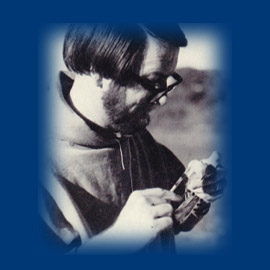
|
1970
Environmental health programs from the Department are used as the base for the
formation of the new Illinois Environmental Protection Agency.
 Having outgrown its space in the Stratton Office Building,
the Springfield offices of the Department move to the basement and four floors
of a new, five-story office building at 535 W. Jefferson St. By 1992, the
Department occupies all floors at 535 and the five floors and basement in a
twin building at 525 W. Jefferson St. Having outgrown its space in the Stratton Office Building,
the Springfield offices of the Department move to the basement and four floors
of a new, five-story office building at 535 W. Jefferson St. By 1992, the
Department occupies all floors at 535 and the five floors and basement in a
twin building at 525 W. Jefferson St.
1971
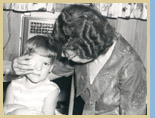 State law requires vision screening at
first entry into school and at fifth and ninth grades. State law requires vision screening at
first entry into school and at fifth and ninth grades.
The state's trauma center system is organized at the prodding of Gov. Richard
Ogilvie to meet the challenge of highway safety and injury reduction and to
deal with the critically injured patient.
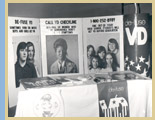 1972 1972
A venereal disease hotline is activated to answer the public's questions about
the signs and symptoms of venereal disease and where to get treatment.
1973
The Department's main laboratory in Chicago moves from an antiquated building
into a new and modern facility at 2121 W. Taylor St.
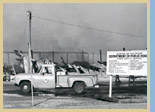 A fire destroys a Department office building at
4398 S. Jeffory St. in Springfield that houses health economics, the
tuberculosis registry, local health administration, vision and hearing,
rehabilitation, graphic arts and the print shop. A fire destroys a Department office building at
4398 S. Jeffory St. in Springfield that houses health economics, the
tuberculosis registry, local health administration, vision and hearing,
rehabilitation, graphic arts and the print shop.
 On Feb. 23, 1973, Gov. Dan Walker
appointed Dr. Joyce C. Lashof, M.D., of Chicago, as the acting director of the
Department – the first woman to hold the position. Her appointment became
official June 30, 1973 when the Illinois General Assembly rescinded a portion
of the state statute that required the director to have a master’s degree
in public health. On Feb. 23, 1973, Gov. Dan Walker
appointed Dr. Joyce C. Lashof, M.D., of Chicago, as the acting director of the
Department – the first woman to hold the position. Her appointment became
official June 30, 1973 when the Illinois General Assembly rescinded a portion
of the state statute that required the director to have a master’s degree
in public health.
1974
 The Lead Poisoning Prevention
Act is signed into law making lead poisoning and elevated blood-lead levels
reportable, prohibiting the use of lead-bearing paint in dwellings, giving the
Department authority to inspect dwellings for lead-bearing substance and
requiring owners to eliminate the hazard. The Lead Poisoning Prevention
Act is signed into law making lead poisoning and elevated blood-lead levels
reportable, prohibiting the use of lead-bearing paint in dwellings, giving the
Department authority to inspect dwellings for lead-bearing substance and
requiring owners to eliminate the hazard.
The federally funded Women, Infants and Children (WIC) program begins operation
in Illinois. By 1997, the program is serving more than 250,000 women and
children.
Legislation passes to provide for a consumer-dominated, decision making Health
Facilities Planning Board that is responsible for issuing permits for
construction of new health facilities and for approving capital expenditures of
more than $100,000.
1975
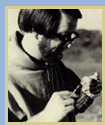 The second largest St.
Louis encephalitis outbreak in U.S. history results in nearly 600 ill people in
Illinois and 47 deaths. About half the cases of the mosquito-borne illness are
from Cook County, where previously there had not been a known case. The
Department institutes an early warning arborvirus surveillance system that
includes testing of birds and mosquitoes for traces of the disease. The second largest St.
Louis encephalitis outbreak in U.S. history results in nearly 600 ill people in
Illinois and 47 deaths. About half the cases of the mosquito-borne illness are
from Cook County, where previously there had not been a known case. The
Department institutes an early warning arborvirus surveillance system that
includes testing of birds and mosquitoes for traces of the disease.
 A new law
signed by Gov. Dan Walker calls on the Department and the Department of
Insurance to jointly regulate the operations of health maintenance
organizations. A new law
signed by Gov. Dan Walker calls on the Department and the Department of
Insurance to jointly regulate the operations of health maintenance
organizations.
1979
The most comprehensive long-term care legislation enacted by any state, the
Nursing Home Care Act, is signed into law by Gov. Jim Thompson. |
|